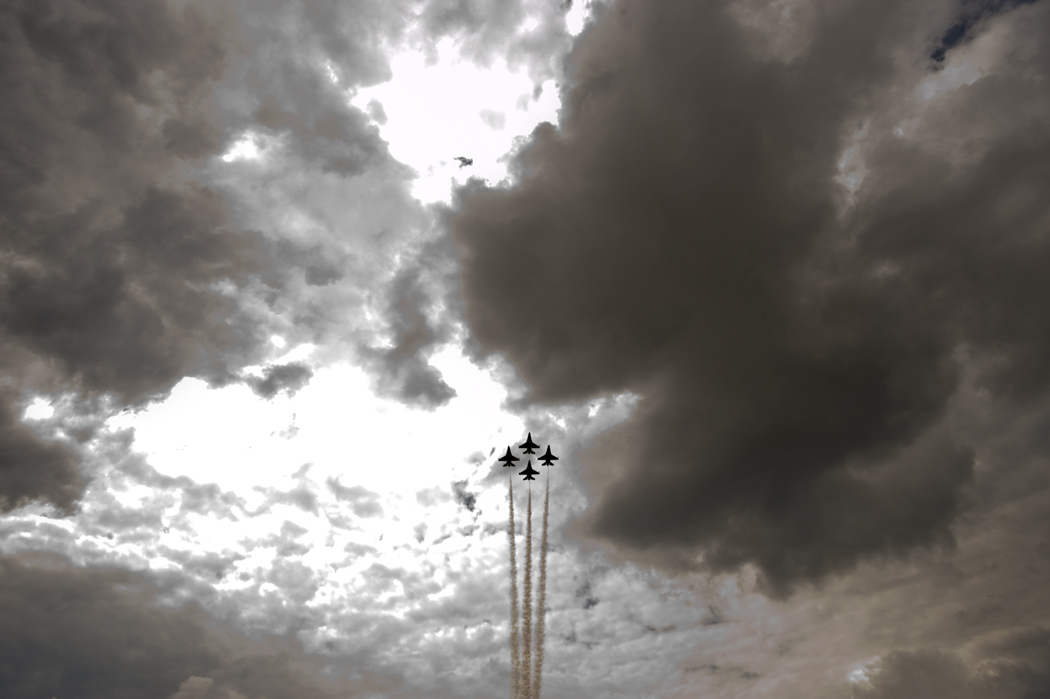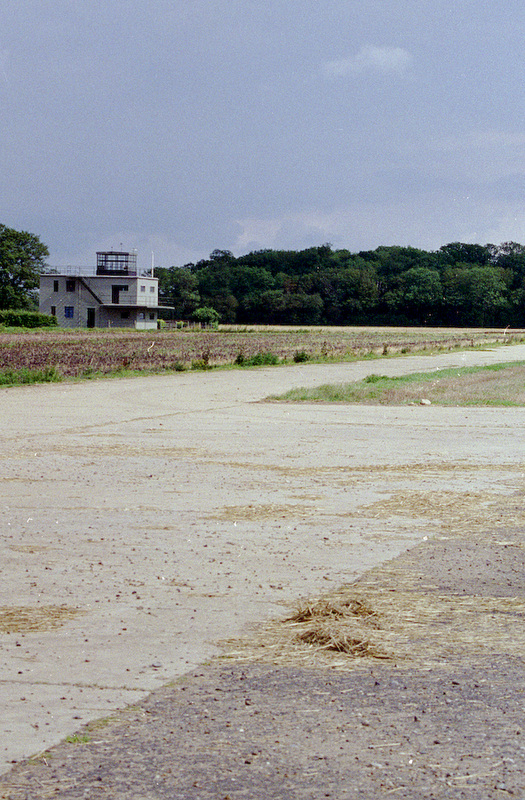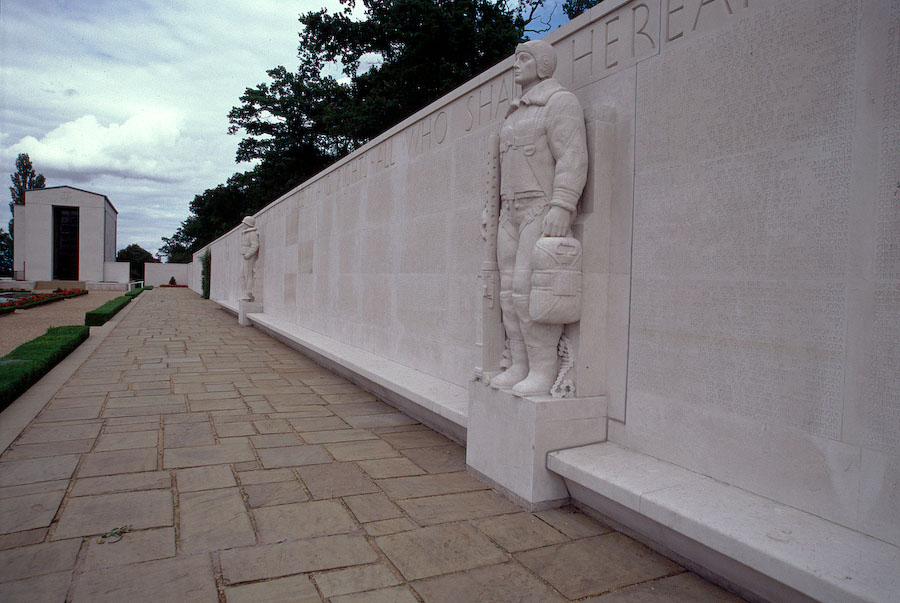
FLYING HISTORY

History Happened There
A trip to the UK and some unscripted time for a few days will provide for you an insight into what the troops and aviators of the Eighth Air Force faced when deployed to East Anglia in the early 1940s and often for the “duration of the war”.
East Anglia the area of the UK north of London that bulges into the North Sea was filled with airbases, many within five miles of a neighboring airfield. As the American “Arsenal of Democracy” got into full production and crews were trained, the American population in that part of England became enormous. The books and films made of these bases and the tales of the soldiers who lived them are endless in their variety. Die hard aviation film fans can quote lines from “Twelve O’Clock High” and often imagine the moment when they get the opportunity to visit these air fields that will be forever a part of the American culture.
One of those airbases was near the village of Thorpe Abbotts in Norfolk. A dedicated group of volunteers from the area have preserved and restored the control tower and some of the buildings that were used by the 100th while flying to war. The roadway A143 from Bury St. Edmonds east, past the town of Diss is in the heart of the Eighth Air Force part of the UK. Careful driving on the “other side of the road” and looking for the signs can be an adventure but worth the effort.
The turnoff onto a real English country lane, will put you right into the 1940s, as little has changed here. The lane gets narrower and the hedgerows get taller. The urge to stop and make a photo will begin to overwhelm you and pulling the car off to the side of the road is a common sight in the UK. The countryside is very rural and you’ll find little clutches of houses, that have been there a very long time. The lane will wind through the very small village of Thorpe Abbotts and once it straightens out, you’re headed for your very own, “Twelve O’Clock High” moment. You’ll notice that the hedgerow has a long break in the century’s old growth, and as the car crawls by, you are confronted with a wide and long expanse of concrete. The end of the main runway, where many thousands of Americans flew into combat . . . many thousands did not return.
The lane ends at a T intersection and the signs direct you to the left. Gun emplacement “pillboxes” from the airfield defense can be seen in the trees, and the entry to the 100th Museum appears. These few buildings and the restored control tower are here, and you will get a sense of the life of the air base. Take the time to absorb it all, once again the opportunities to make memorable photos will be all around you.
As you may be possibly returning in the direction you came from, a couple more ideas. You’ll be hungry and thirsty. The “Flying Fortress” pub outside Bury St. Edmonds is on the edge of another American bomber base and the walls are covered with photos from the war. Closer to Cambridge and just off the A11 near Babraham is the “Comfort Café” a favorite place to eat when the Americans were all around. A pub lunch or a bowl of home cooked soup and a pint of English beer will satisfy you.
Finally, just outside Cambridge near the village of Maddingly is the place every American who visits the UK should be required to visit. The American Cemetery in England is there, and many of the white crosses and Stars of David are from the air war. Nearly 3500 graves are there, in the meticulously groomed lawn. The toll and finality of air war can be appreciated by the long wall of names, nearly 10,000, of those who flew to war and never returned. The view across the fens of Cambridgeshire from the cemetery on a clear day is spectacular and on the horizon you’ll see the tall spire of the Cathedral at Ely, a landmark the flight crews looked for when returning from a mission over Europe.
The villages and market towns of East Anglia offer a wonderful glimpse into the life of the British that you cannot experience if you never leave London. Thatched roofed cottages, centuries old churches and the willingness of the East Anglians to still thank Americans for their contribution to the winning of the war will have you ready to return.
